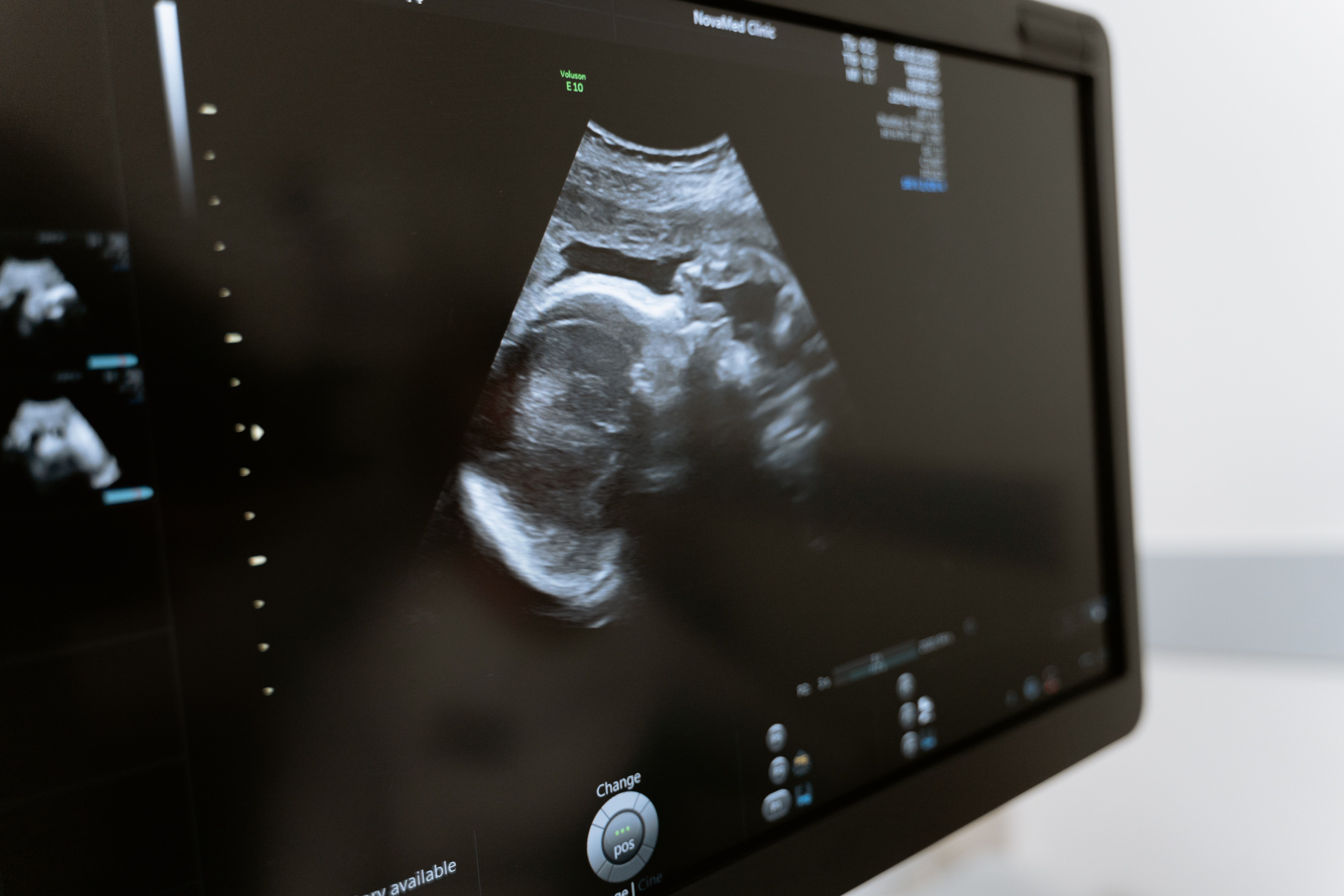Article
CCR East: Study Offers Overview of Pregnancy Outcomes in Takayasu Arteritis
Author(s):
An analysis of data from the National Inpatient Sample offers an overview of risk for adverse delivery outcomes associated with Takayasu arteritis among a real-world cohort of US-based patients.
Credit: Pexels | Mart Production

New data presented at the Congress of Clinical Rheumatology (CCR) East 2023 annual meeting is providing an overview of the differences in risk of adverse pregnancy outcomes among women with Takayasu arteritis.
Presented by Yanint Raksadawan, MD, of the Louis A. Weiss Memorial Hospital, results of the study indicate women with Takayasu arteritis were at increased risk for a slew of adverse outcomes relative to their counterparts without large vessel vasculitis, including a doubling in risk of preeclampsia and increased risk for placental disorders, but no increase in risk for fetal stress.
“We found that patients with Takayasu [arteritis] were significantly older, they had significantly higher gestational hypertension, more thyroid disorders, more genitourinary infection,” said Raksadawan, during her presentation at CCR East. “Then we looked at outcomes of possible complications that could happen during delivery admission and we found that there was no difference in hemorrhage, or fetal stress.”
Described by the American College of Rheumatology as a rare form of vasculitis disease characterized by inflammation of the aorta and main branches, Takayasu arteritis poses a significant threat to quality of life for patients.2 In the current study, Raksadawan and Sabahat Usmani, MD, of Louis A. Weiss Memorial Hospital, launched the current study with the intent of exploring the effect of Takayasu arteritis on delivery outcomes as a follow-up to a previous research examining effects on other outcomes.
With this in mind, investigators designed their study as an analysis of data from within the National Inpatient Sample, with the period of interest defined as 2016-2019. Billed as the largest available all-payer inpatient healthcare database designed to produce US regional and national estimates of inpatient utilization, access, cost, quality, and outcomes, the NIS provided data related to approximately 7 million hospital stays each year.3
The primary outcomes of interest for the study were differences in risk of complications among those with and without Takayasu arteritis. Specific complications of interest included preeclampsia, eclampsia, amniotic disorders, placental disorders, length of labor, fetal stress, and others. Investigators pointed out adjusted odds ratios (aOR) of outcomes and rescue utilization were estimated using chi-square statistics.1
Limiting their study to those admitted for delivery, investigators identified more than 14 million deliveries for inclusion. Of these, 120 pregnant patients were identified as having Takayasu arteritis. Analysis of baseline characteristics indicated those with Takayasu arteritis were older (31 vs 29 years; P=.04) and had significantly higher rates of gestational hypertension (15.83% vs 6.4%; P=.03), thyroid disorders (12.5% vs 4.14%, P=.04), genitourinary infections (8.3% vs 2.4%; P=.05), and longer length of stay (3.7 vs 2.6 days; P=.016) relative to those without Takayasu arteritis.1
A total of 110 adverse outcomes were observed among the cohort with Takayasu arteritis. When adjusting for age, gestational diabetes, gestational hypertension, thyroid disorders, cervical incompetence, antiphospholipid syndrome, and systemic lupus erythematosus, results of the investigators’ outcome analysis failed to reach statistical significance. A nonsignificant increase was observed for risk of preeclampsia (aOR, 2.0 [95% confidence interval [CI], 0.59-7]; P=.26), amniotic disorders (aOR, 1.2 [95% CI, 0.32-5.0]; P=.73), placental disorders (aOR, 1.6 [95% CI, 0.54-4.55]; P=.413).1
In contrast, no apparent increase in risk, significant or otherwise, was observed for cord disorders (aOR, 0.9 [95% CI, 0.34-2.5]; P=.85), prolonged labor (aOR, 0.7 [95% CI, 0.16-2.9]; P=.62), or fetal stress (aOR, 0.46 [95% CI, 0.14-1.54]; P=.21). Of note, there were 0 reports of eclampsia, antepartum hemorrhage, intrapartum hemorrhage, postpartum hemorrhage, or preterm labor among the cohort of patients with Takayasu arteritis.1
“While [Takayasu arteritis] patients had a significantly higher rate of comorbidities: gestational hypertension, thyroid disorders, and increased incidence of genitourinary infections, [Takayasu arteritis] does not seem to cause adverse outcomes during the delivery period,” wrote investigators.1
References:
- Raksadawan Y, Usmani S. Delivery Outcomes in Pregnant Patients with Takayasu Arteritis - A Nationwide Inpatient Database Study. Paper presented at: Paper presented at: Congress of Clinical Rheumatology (CCR) East 2023 Annual Meeting. Destin, FL. May 4 – 7, 2023.
- Monga K, American College of Rheumatology Committee on Communications and Marketing. Takayasu’s Arteritis. Takayasu's arteritis. https://rheumatology.org/patients/takayasus-arteritis. Accessed May 7, 2023.
- Overview of the National (Nationwide) Inpatient Sample (NIS). Healthcare Cost and Utilization Project. https://hcup-us.ahrq.gov/nisoverview.jsp. Accessed May 7, 2023.





